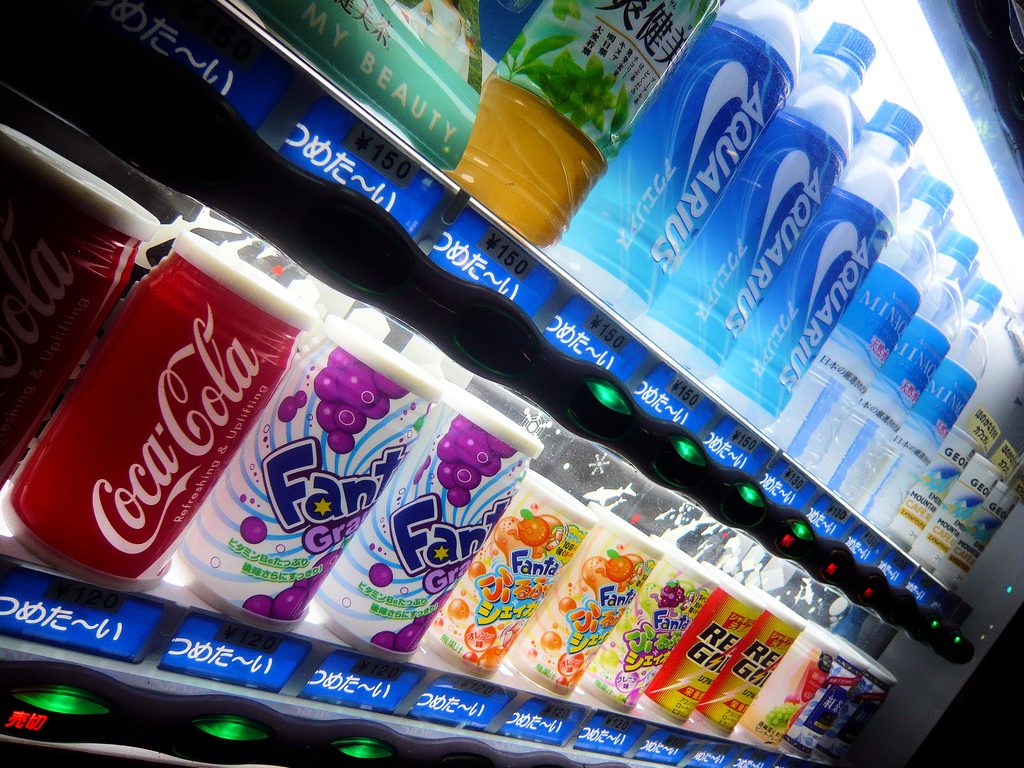Beverage companies can offset the trend of profit erosion by employing effective quality control systems
The decline in sugary drinks sales, combined with heightened consumer interest in health initiatives, is forcing the hand of drinks manufacturers to guarantee tighter control of their bottom line. To support this, organisations should look to employ an effective manufacturing quality control management system to minimize potential losses and maximize efficiencies.
For the last 10 years, the sugary drinks companies’ profits have been in steady decline; this is largely driven by greater awareness of the health concerns surrounding carbonated drinks. However, in doing so, this has created opportunities for competitive healthy alternatives to establish a foothold in the drinks market – notably, flavoured waters and healthy juices have become increasingly appealing to consumers. As a result of this shift in consumer preferences, fizzy drinks manufacturers have experienced a 5 percent and 10 percent drop in sales in Europe and the U.K., respectively.
To further complicate matters, governments in Western markets have recently discussed the concept of introducing a “sugary-drinks tax” off the back of health campaigns, such as the one spearheaded in the U.K. by TV chef Jamie Oliver. Oliver is keen to introduce a 20 percent tax on fizzy drinks, and is looking to limit sales of fizzy drink multi-packs and end “buy one get one free” deals.
In light of this, manufacturers are increasingly asked to review their operations in order to determine what measures they are taking to ensure potential losses are kept to a minimum across the business. According to Doug Fair, COO at InfinityQS, an effective manufacturing quality management system can play a critical role in safeguarding an organisation’s profit:
“We’ve seen in North America, as well as Western Europe, a 10 to 12 percent reduction in the consumption of fizzy drinks products in the last several years. This begs the question – how do beverage companies recoup that drop in consumption? Also, the threat of government agencies raising the tax on some of the most popular sugary drinks means that manufacturers must prioritize loss protection as soon as possible.”
Fair continued, “Most organisations that don’t have quality control systems are blind to the opportunities for reducing losses, while ensuring the quality remains. If you’re able to reduce product overfills across your lines, you could be saving millions of dollars every year, and that is money that goes directly to the bottom line.
“Many organisations are afraid to underfill a can, for example, because doing so can lead to fines from oversight agencies. Therefore, manufacturers end up putting more product in containers than needed. So, this intentional overfilling results in profitability losses. In effect, these companies are unnecessarily, yet consciously giving away product. In light of potential sales declines and increased taxation on the industry, such losses could have disastrous financial consequences if not addressed.”
Fair concluded, “In a plant that produces tens of thousands of cans per hour, even the smallest reduction in overfill can generate massive savings. Just one way companies can improve efficiency is by implementing an effective quality management system. Once quality data is available in the system and understandable, it is easy to make changes that can quickly save millions.”



